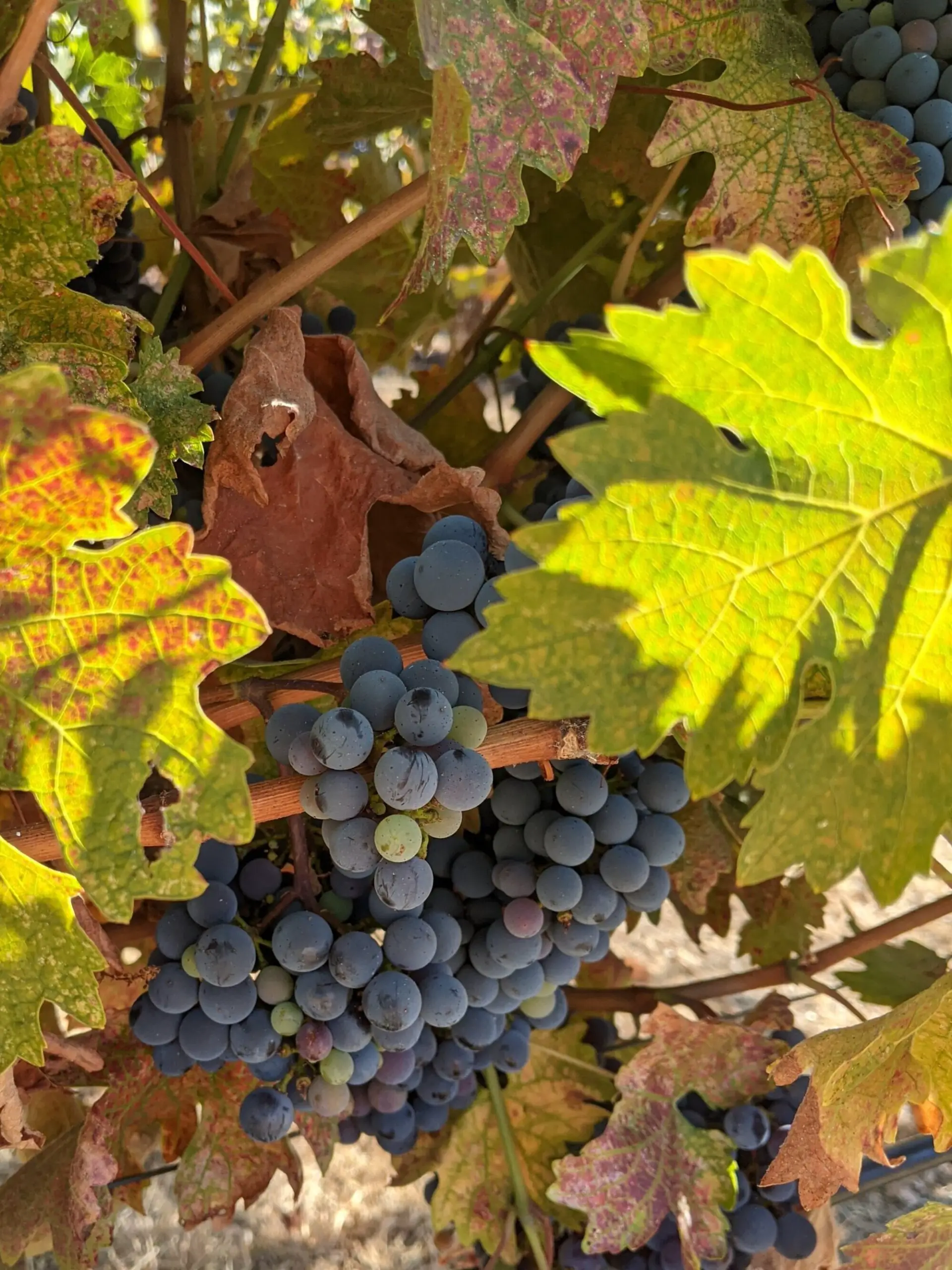
Everyone loves a good origin story, and one that’s been simmering for 1800 years carries with it the promise of just enough mystery and intrigue to make the reader imagine, “What if?”
This particular story has all of those elements and more, for it ends in a bottle of wine.
Our tale begins with a princess, as all good stories do.
Ursula the Virgin Bride
I’d like to introduce you to Ursula, a good Catholic girl, and virginal princess from south-west Britain. It’s the late 300s CE and Europe is thoroughly dark. Bands of marauding Gauls roam the European continent. Times are bleak.
Ursula’s father, King Dionatus of Cornwall, receives a request from Conan Mariadoc, King of Brittany (located across the English Channel in modern day France), to send Briton women over to help populate his lands. King Dionatus replies by sending more than 72,000 women to Gaul.
Our fair maiden Ursula is among them, destined to marry a pagan king.
Legend has it that Ursula was accompanied by 11,000 virginal handmaidens – or maybe 11, or perhaps she was 11 years old – accounts vary by translation. Let us not get mired in pesky details…
Her retinue sets sail from the shores of Britain, but the hand of God intervenes.
A powerful storm hits the ships and blows them off course where they miraculously cross the sea and land at a Gaulish port – all in a single day. Our Catholic bride will not land in the hands of a pagan!
Ursula, not anxious to be married off, proclaims that she will undertake a pilgrimage prior to her wedding and sets off to Rome to convince the Pope to accompany her. What man would pass up the request of accompanying 11,001 beautiful virginal handmaidens? Ostensibly, the Pope joins them in their European pilgrimage for some time before heading back to Rome to deal with papal politics.

Ursula’s Demise
Ursula sets out for Cologne, which is besieged by Huns. Ursula no doubt believes she is capable of a miraculous intervention to bring about an end to the siege. Unfortunately, she’s shot by an arrow and dies. Her handmaidens are all decapitated and their bones entombed in the Basilica of St. Ursula in Cologne.
Major plot twist.

Due to her abrupt and gruesome end, the Catholic Church named Ursula as the patron saint for the education of girls, and the care of the sick and needy.
Fast forward 1000 years and an Order of St. Ursuline nuns settles in Burgundy, France, establishing a convent in 1350.
These nuns engage in the good work of the Lord, and plant vines for the production of sacramental wine, tending to them through the centuries.
Modern Day Clos de Ursuline

Today, Clos de Ursuline vineyard, while no longer tended by a religious order, produces classic Pinot Noirs in the Cotes de Beaune in Burgundy at the southern end of the Pommard appellation.
Helpful Tip: Just getting started with wine? Here’s a full post on Pinot Noir wine.
At about 9 acres, these grapes are handpicked and crafted into wines of depth and elegant perfumes.
And so our journey from virginal princess and martyr to the renowned vineyard and world-class wine comes to end.




